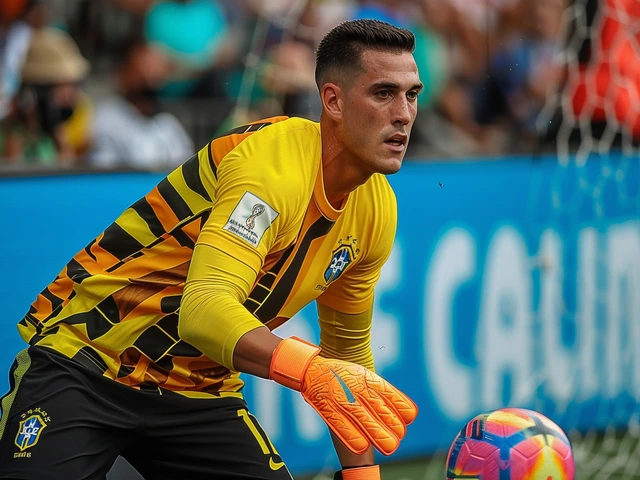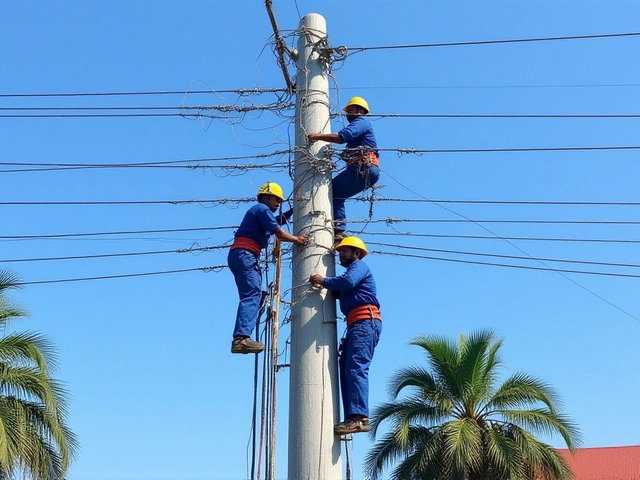School violence: how to spot it, act fast and get help
What would you do if your child came home bruised, anxious, or suddenly stopped wanting to go to school? School violence isn’t just physical fights — it includes bullying, sexual harassment, robbery, gang pressure, and online abuse. All of these hurt learning, safety, and a child’s future. This short guide gives clear, practical steps you can use right away and ways to push for longer-term change at school.
Signs to watch and immediate steps
Look for changes in behavior and physical signs: unexplained cuts or bruises, torn clothes, sudden drops in grades, anxiety, nightmares, missing belongings, or a child avoiding classmates. Online signs include secretive phone use, sudden deletion of messages, or distress after social media activity.
If you suspect an incident happened, do these things first: keep your child safe and calm, get medical care if needed, and preserve evidence — photos of injuries, screenshots of messages, names of witnesses. Ask your child to tell you what happened in their words and write it down. That record matters.
Next, report the incident to the school in writing. Say exactly what you saw and attach photos or messages. Ask for a written incident report and a copy of any CCTV footage or witness statements. If the harm looks criminal (assault, sexual abuse, robbery), also file a police report. Don’t wait for the school to act — follow up in person and by email until you see a plan.
Prevention and what parents and schools can do
Schools should have clear, public policies: what counts as violence, how incidents are reported, and what consequences follow. Practical prevention steps include better supervision in hotspots (playgrounds, toilets, school gates), visible reporting channels (anonymous boxes or online forms), regular training for teachers on child protection, and access to a counselor or psychologist.
Parents can help by teaching children how to set boundaries, report bad behavior, and keep records of online abuse. Join the PTA or meet teachers regularly to spot patterns early. If the school’s response is weak, escalate to the district education office, local child protection agency, or community leader. Ask for a written safety plan for your child while the case is investigated.
Small changes add up: a morning check-in for anxious kids, a buddy system for young pupils, clearer rules about phones and privacy, and student-led conflict resolution programs reduce risk. Restorative approaches — where safe and appropriate — can rebuild trust, but serious incidents need clear disciplinary action and support for victims.
If you’re unsure where to start, call your local education authority or a child protection organisation and explain the facts you have. Keep copies of every letter, photo, and medical note. Acting quickly, calmly, and with records gives the best chance of stopping violence and keeping children safe at school.
A court has scheduled a bond hearing for Colt Gray, a 14-year-old accused of the Apalachee High School shooting that resulted in four deaths and numerous injuries. Gray faces murder charges and will be tried as an adult. Previously investigated for online threats, Gray's case has brought attention to potential warning signs and the impact of school violence.
Recent-posts
Aug, 24 2024
Jul, 10 2024






